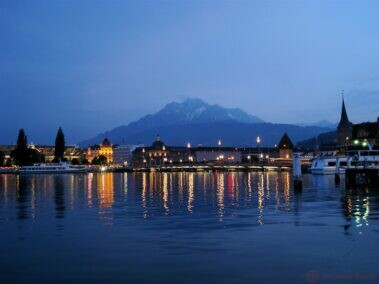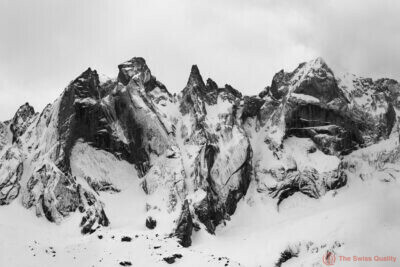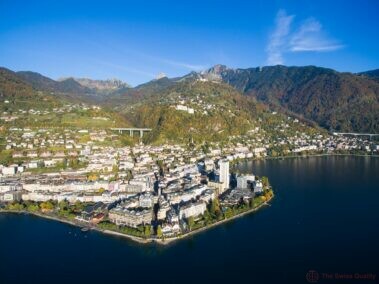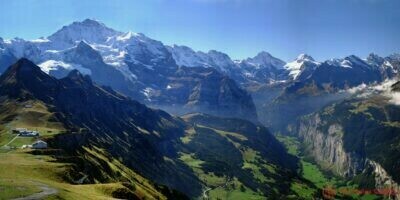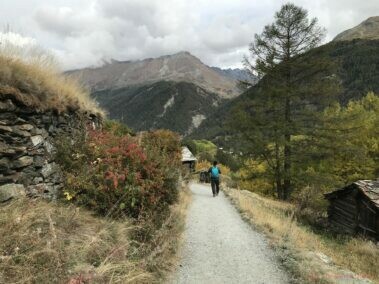Digital Transformation Impact
In the age where “software is eating the world,” and the discourse revolves around the Internet of Things (IoT) and the massification of data into the realm of ‘Big Data,’ the challenge lies in making these abstract concepts tangible. The metaphorical bridge between the digital realm and the physical world has been elusive, leaving many grappling with the true impact of digital technology on the tangible facets of our lives. Let’s delve into the profound implications of this quote and bring forth a metaphor that resonates with the concrete reality of rocks, homes, cars, and trees.
The Digital Revolution and Its Abstract Language
The digital revolution isn’t a wisp of smoke on the horizon, it’s a tidal wave already lapping at our feet. Cryptic terms like “software eating the world” and “Internet of Things” dance on the tip of our tongues, hinting at transformative concepts but leaving us grasping for tangible realities. We envision algorithms reshaping industries, devices whispering to each other in a vast digital symphony, but what does this truly mean for the bricks and mortar, the streets and shops, the physical canvas of our existence?
Imagine our world as a vibrant tapestry, its threads woven with the stuff of daily life. The digital revolution isn’t a rip in this tapestry, it’s an intricate embroidery, a kaleidoscope of new patterns blending seamlessly with the old. Those intangible algorithms won’t just reshape industries, they’ll power self-driving cars that glide through our streets, revolutionizing transportation. The “Internet of Things” won’t be an ethereal whisper, it’ll be smart refrigerators that order groceries as they near depletion, and bridges that monitor their own structural integrity, silently safeguarding our journeys.
This isn’t a world of gleaming chrome and sterile screens; it’s a fusion of the physical and the digital, where smart sensors embedded in the very fabric of our cities send whispers of data that orchestrate a silent symphony of efficiency and convenience. Streetlights might adjust their brightness based on pedestrian traffic, buildings might manage their own energy consumption, and waste removal might become a ballet of automated drones guided by real-time data.
This isn’t science fiction; it’s the near horizon. The digital revolution isn’t about replacing the physical, it’s about augmenting it, weaving strands of intelligence and automation into the very fabric of our world. It’s about reshaping, not replacing, the everyday experiences that define our lives.
So, the next time you hear terms like “software eating the world” or “Internet of Things,” don’t dismiss them as abstract curiosities. Remember, they’re not harbingers of a digital dystopia, but whispers of a world woven with threads of innovation, convenience, and a silent orchestra of interconnected intelligence working behind the scenes, improving the very fabric of our everyday lives.
Metaphorically Speaking: Where Rocks and Code Collide
Imagine the world as a vast garden, where each rock, tree, and home represents a component of our physical reality. Now, envision lines of code as the roots intertwining beneath the surface. These roots, invisible to the naked eye, represent the intricate algorithms and software shaping the very foundation of the physical world.
The Intelligent Ecosystem: Homes and Cars in the Digital Age
Consider your home as a ‘smart habitat.’ Within its walls, IoT manifests as a seamless integration of devices, creating an intelligent ecosystem. From smart thermostats that adapt to your preferences to security systems that leverage data for enhanced protection, the impact of digital technology becomes tangible in the comfort of your living space.
The Connected Journey: Cars as Nodes in the Digital Network
Extend this metaphor to the roads where cars, once mere vehicles, become nodes in a digital network. Connected through intricate algorithms, cars communicate to optimize traffic flow, enhance safety, and even autonomously navigate the complex web of roads. The physicality of a car transforms into a vessel navigating the digital landscape.
Data Forests and Technological Trees
Now, envision a forest where each tree represents a piece of data. These data trees form what we call ‘Big Data Forests.’ The interplay of these trees—data points—creates a dynamic ecosystem, influencing decision-making, predicting trends, and fostering innovation. The abstract concept of ‘Big Data’ transforms into a thriving, tangible forest of information.
Roots of Innovation: How Rocks Shape the Digital Landscape
Every rock in our metaphorical garden represents a challenge, a hurdle that digital technology surmounts. These challenges, once immovable, now find their digital counterparts – algorithms that adapt, innovate, and reshape the landscape. The rocks, symbolizing obstacles, are now stepping stones in the journey of digital transformation.
The Metaphor Unveiled: Digital Technology as the Gardener
This metaphor presents digital technology as the gardener, shaping and nurturing the landscape of our world. The roots of code intertwine with the rocks, homes, cars, and trees, illustrating the profound impact of digital transformation on the tangible elements of our existence.
In essence, this metaphor serves as a bridge between the abstract language of digital transformation and the palpable reality of our physical world. As we speak of ‘software eating the world’ and ‘the Internet of Things,’ let us also visualize the garden where rocks, homes, cars, and trees coexist harmoniously with the roots of digital innovation.









